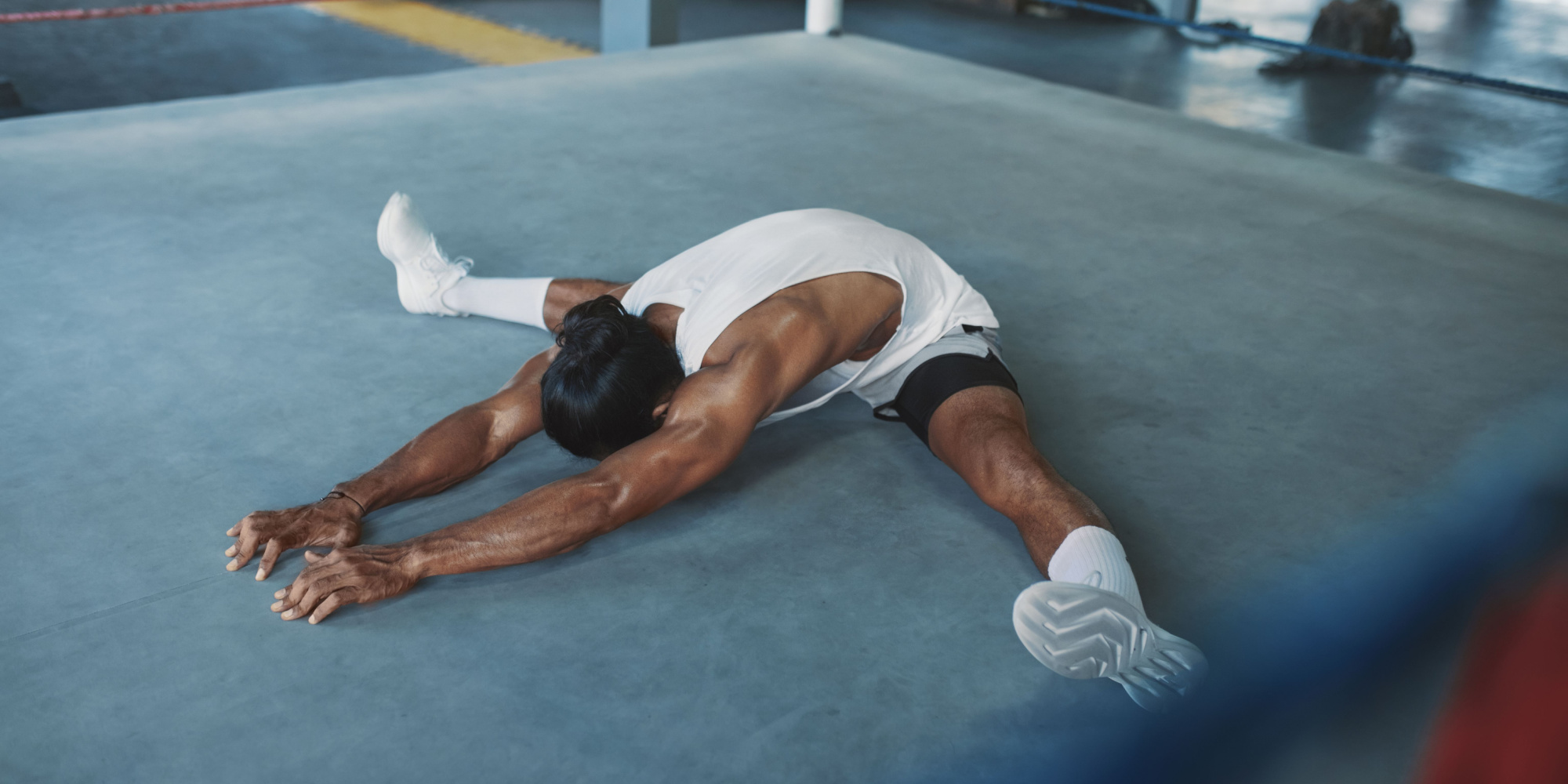How to Incorporate Mobility Into Your Exercise Routine
Jan 9, 2023 mindpumpWe try to do everything in our power to look and feel our best. But even when we eat well, lift heavy, get in our daily 10,000 steps, and achieve quality sleep, we can sometimes feel stiff, rigid, and uncomfortable.
Mobility exercises can help with that. By controlling a muscle and joint through its full length of motion, we can help release tension and pain that can plague us after months or years of resistance training. Not only can incorporating mobility practices into your routine help ease joint pain and reduce the chance of injury, but it can also help you lift better as well.
Blindly stretching five minutes before your workout isn’t going to cut it, but there are ways you can increase your mobility without making it feel arduous.
Before Your Workout
A proper warm-up that includes mobility training is a great way to set yourself for success before your workout. Unfortunately, many people don’t take warm-ups seriously, which can not only hinder performance but can lead to injury.
Implementing dynamic stretches into your warm-up routine will not only help improve mobility, but increase muscle force production. Dynamic stretching involves actively moving a joint or joints quickly through their normal range of motion to slightly elongate muscles and increase blood flow to the tissues. By increasing blood flow, you’re activating your muscles, so it can perform exercises that require a high degree of force. Heavy forces require optimal movement.
Static stretching isn’t as effective. These stretches are performed in a passive manner, where the goal is to help elongate shortened soft tissue. But unlike dynamic stretching, static stretches can be detrimental to generating muscle force and has shown to be ineffective when preventing injury. They are great to do post-workout to reduce soreness, but as far as its influence on mobility, static stretches shouldn’t be emphasized.
We recommend incorporating AT LEAST 5 minutes of dynamic, mobility exercises into your warm-up, and should replicate movements of the main activity session. Cossack squats are a great exercise to use to help activate the lower extremity and open up the hips. For the upper body, I love yoga push-ups and scapular slides for improved shoulder and scapula range of motion.
During Your Workout
To improve your mobility, exercises should be multidirectional and, most importantly, controlled. Those Cossack squats I just mentioned? Start with holding on to something for support as you work on sinking deeper into the squat to avoid losing balance and overdoing it. As with most exercise modalities, you still need to be careful with how you execute mobility exercises.
When done right, a mobility movement right before a resistance training exercise is an economical approach to help you generate more force. By using this approach, you’re setting yourself up for success.
Before I squat or deadlift, I like to do 1-2 sets of body weight, deep overhead squat reaches, hurdler hip circles, or t-spine rotations to help prime my body before executing the movement. Exercises such as these can help activate muscles that we don’t always think about when performing big lifts. Despite the fact that the squat and deadlift are lower body exercises, there still needs to be a focus on the core and other supporting muscles to sustain strength and mobility throughout the movement. Not only that, a consistent focus on mobility can help overcome muscle imbalances. This means better lifts that are easier to execute.
Same thing with moving in different planes of motion. If I am performing a lot of strength exercises in the sagittal plane (forward/backward movements like squats or deadlifts), I’ll throw in a mobility exercise between sets that is in the frontal plane (side-to-side), or transverse plane (rotational). Our bodies are built to move in multiple planes, which means we also need to train that way.
Let’s Get Moving
Mobility represents the perfect balance between strength and flexibility. As much as we love building muscle and gaining strength, mobility routines can take your workout performance, and movement patterns, to a more efficient and pain-free level (and you may be even start enjoying the process!).
Even if you don’t have a lot of time during your workout to get in some mobility work, find pockets of time throughout the day. Five minutes here and there can make a world of a difference. Don’t know where to start? MAPS Prime and MAPS Prime Pro offer a customized approach to help improve function, minimize injury, and reduce pain.







